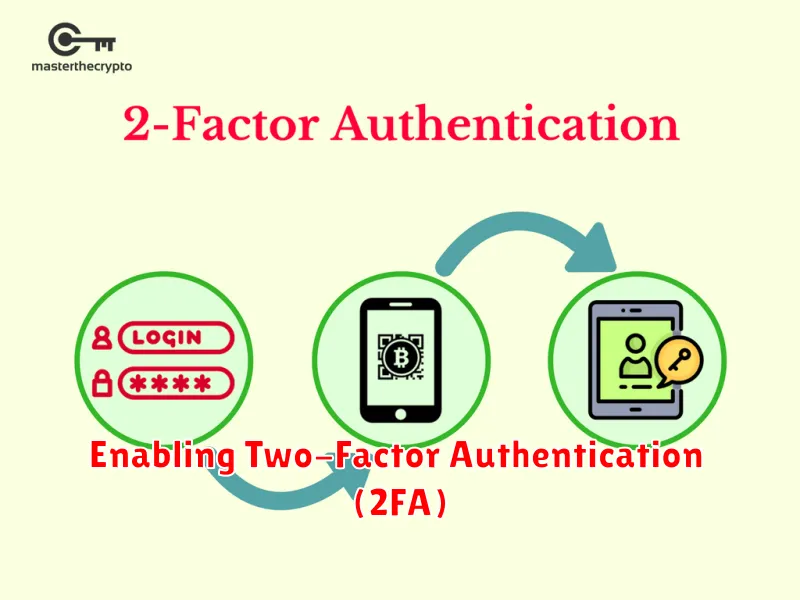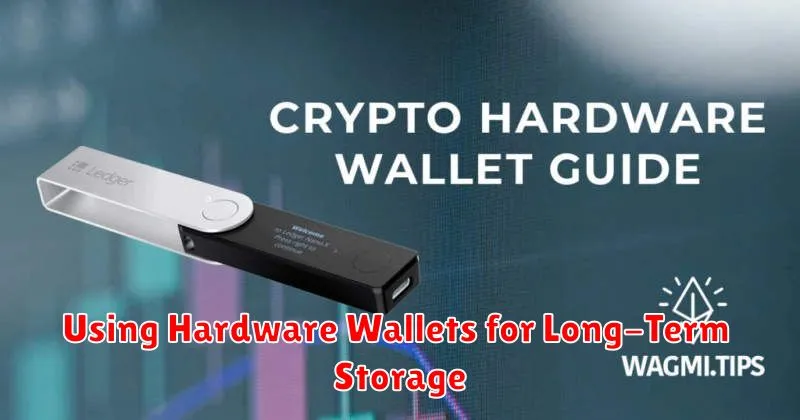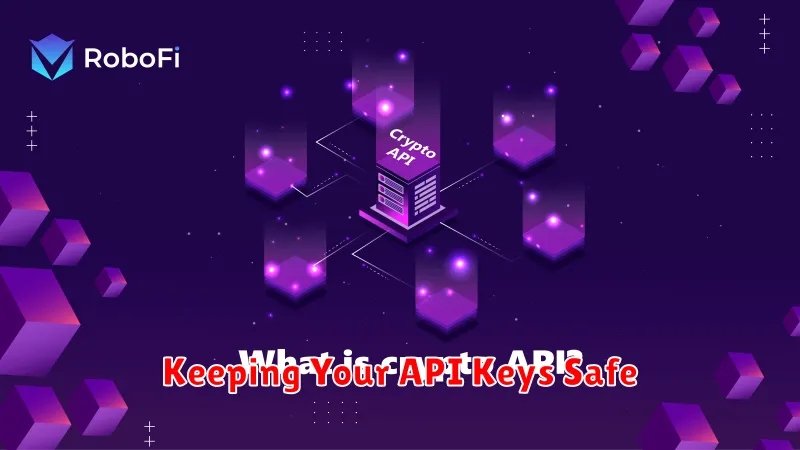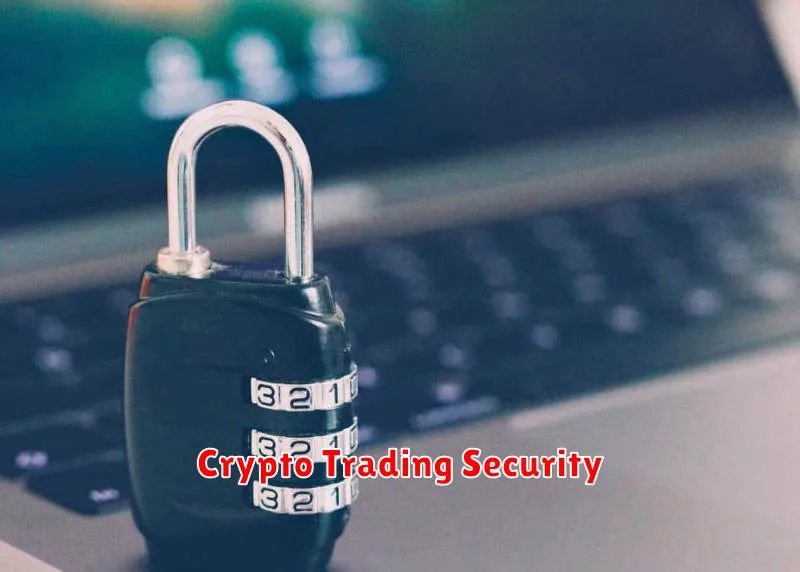Navigating the world of cryptocurrency trading requires caution and a robust understanding of security best practices. This article outlines 5 essential security tips to help you protect your crypto assets on exchanges, mitigating the risks of hacks, phishing scams, and other cyber threats. Learn how to safeguard your investments and trade with confidence, focusing on strong passwords, two-factor authentication, and other vital strategies for crypto exchange security.
Choosing a Secure Crypto Exchange

Selecting a secure crypto exchange is paramount for protecting your digital assets. Begin by researching the exchange’s reputation and history. Look for evidence of robust security measures and a track record of protecting user funds.
Regulation is a key factor. Choose exchanges that are licensed and regulated in reputable jurisdictions. This provides an extra layer of protection against fraud and mismanagement.
Examine the exchange’s security features. Look for two-factor authentication (2FA), cold storage for a significant portion of their assets, and transparent security practices. Read reviews and independent security audits to gauge the exchange’s overall security posture.
Consider the exchange’s insurance coverage. While not a guarantee against all losses, insurance can offer some protection in the event of a security breach.
Finally, avoid exchanges with a history of hacks or security vulnerabilities. Your diligence in selecting a secure platform is your first and most crucial line of defense against crypto-related risks.
Enabling Two-Factor Authentication (2FA)

Two-Factor Authentication (2FA) adds an extra layer of security to your crypto exchange account. It requires a second form of verification beyond your password, such as a code from an authenticator app (like Google Authenticator or Authy) or a code sent to your registered email or phone number.
Enabling 2FA is crucial because it significantly hinders unauthorized access, even if someone obtains your password. This multi-factor authentication method makes it exponentially harder for hackers to compromise your account and steal your cryptocurrencies.
To enable 2FA, navigate to your account settings on the crypto exchange platform. Look for the security or two-factor authentication section. Follow the platform’s instructions to set up your preferred 2FA method. Remember to keep your authenticator app and your backup codes secure.
Never share your 2FA codes with anyone, and be wary of phishing attempts requesting this information. Consistent use of 2FA is a fundamental step towards protecting your digital assets.
Using Hardware Wallets for Long-Term Storage

For long-term cryptocurrency storage, a hardware wallet is your best defense against theft and hacking. These physical devices store your private keys offline, significantly reducing the risk of unauthorized access compared to software wallets or exchanges.
Choosing a reputable brand is crucial. Research and select a wallet with a strong track record of security and user reviews. Ensure the device has robust firmware and regular security updates.
Practice good physical security. Keep your hardware wallet in a safe place, away from potential hazards like fire or theft. Consider using a strong password or PIN for added protection. Never share your seed phrase – this is your key to recovering your funds.
Remember that while hardware wallets offer exceptional security, they are not foolproof. Regularly back up your seed phrase, but keep it separate from the wallet itself, using a reliable offline method such as a secure physical document.
Understand the limitations. Hardware wallets primarily safeguard your crypto holdings. They don’t offer protection against scams or phishing attempts that could trick you into revealing sensitive information.
Recognizing Phishing Scams and Fake Websites

Phishing scams are a major threat in the cryptocurrency world. Scammers often create fake websites mimicking legitimate exchanges to steal your login credentials and funds. These websites may look almost identical to the real thing, but careful observation can reveal key differences.
Look for inconsistencies in the website’s URL. Legitimate exchanges typically have secure URLs starting with “https” and often include a padlock icon in the address bar. Fake websites might use slightly misspelled URLs or suspicious domain names.
Examine the website’s design and content. Poor grammar, unprofessional design, and inconsistencies in branding are red flags. Legitimate exchanges usually maintain a professional and consistent online presence.
Be wary of unsolicited emails and messages. Legitimate exchanges rarely send unsolicited emails requesting login details or personal information. Always verify the sender’s identity independently before clicking any links or providing information.
Never enter your login credentials on a website unless you are absolutely certain of its authenticity. If you have any doubts, contact the exchange directly through official channels to confirm the website’s legitimacy.
By staying vigilant and carefully scrutinizing websites and communications, you can significantly reduce your risk of falling victim to phishing scams and protect your cryptocurrency investments.
Keeping Your API Keys Safe

API keys grant third-party applications access to your crypto exchange account. Compromised keys can lead to significant losses. Therefore, securing them is paramount.
Generate strong, unique keys for each application. Avoid reusing keys across different platforms.
Store keys securely. Never hardcode them directly into your application’s code or share them publicly. Use a password manager or dedicated secure storage solution.
Regularly revoke and regenerate keys. This minimizes the risk associated with compromised keys. Change them after any suspected security breach or if you suspect unauthorized access.
Enable two-factor authentication (2FA) on your exchange account and for any applications using your API keys. This adds an extra layer of security, making unauthorized access significantly more difficult.

